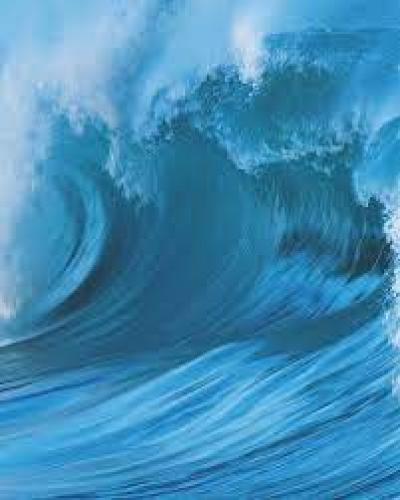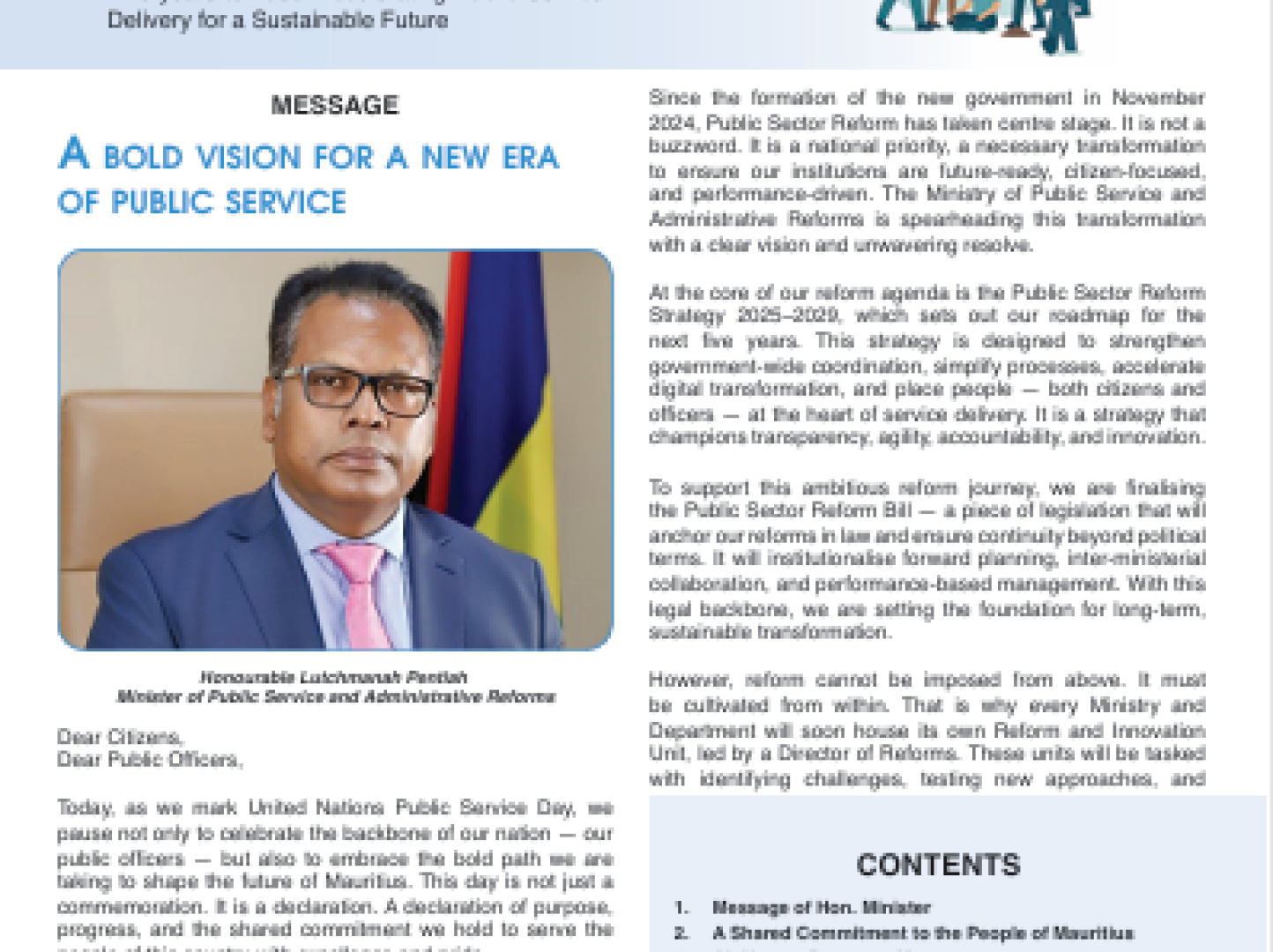Summary of Laws Regulating Floating Armouries and their Operations

Origin of floating armouries
While this annex applies to the laws relating to floating armouries (FAs) in a general and global manner, the origin of FAs was in the Indian Ocean in support of counter-piracy operations conducted by private maritime security companies (PMSCs). The upsurge of piracy in the Gulf of Aden and the wider Indian Ocean from 2006 to 2009 eventually led commercial shipowners to contract armed guards to protect their vessels transiting the formally specified High Risk Area1 (HRA), where piracy attacks were most prevalent. Despite international concerns over the use of privately contracted armed security personnel (PCASP) on ships, their use was effective, and as of the present date of publication (September 2019), no ship with PCASP embarked has been successfully overtaken by pirates.
However, the demand for privately contracted armed security personnel (PCASP) has precipitated a new set of legal and logistical concerns. Even today, flag States vary as to whether they permit armed guards on their vessels. For the flag States that allow armed guards, the movement of weapons and personnel onto and off the vessels poses a challenge. Since most port and coastal States have restrictive, bureaucratic and costly procedures for arms, ammunition and security equipment entering their territory, private maritime security companies quickly sought to find the most cost-effective approach to embarking and disembarking both kit and personnel. By the end of 2012, most private maritime security companies had turned to floating armouries to solve this problem. Located outside the territorial sea and beyond the contiguous zone of coastal States, where applicable (i.e., for States having established such a zone), the FAs facilitate the embarkation and disembarkation of PCASP with their operational equipment package (OEP) around the edge of the High Risk Area. While there are fewer today than during their peak, floating armouries continue to provide support to PMSCs transiting the High Risk Area.





